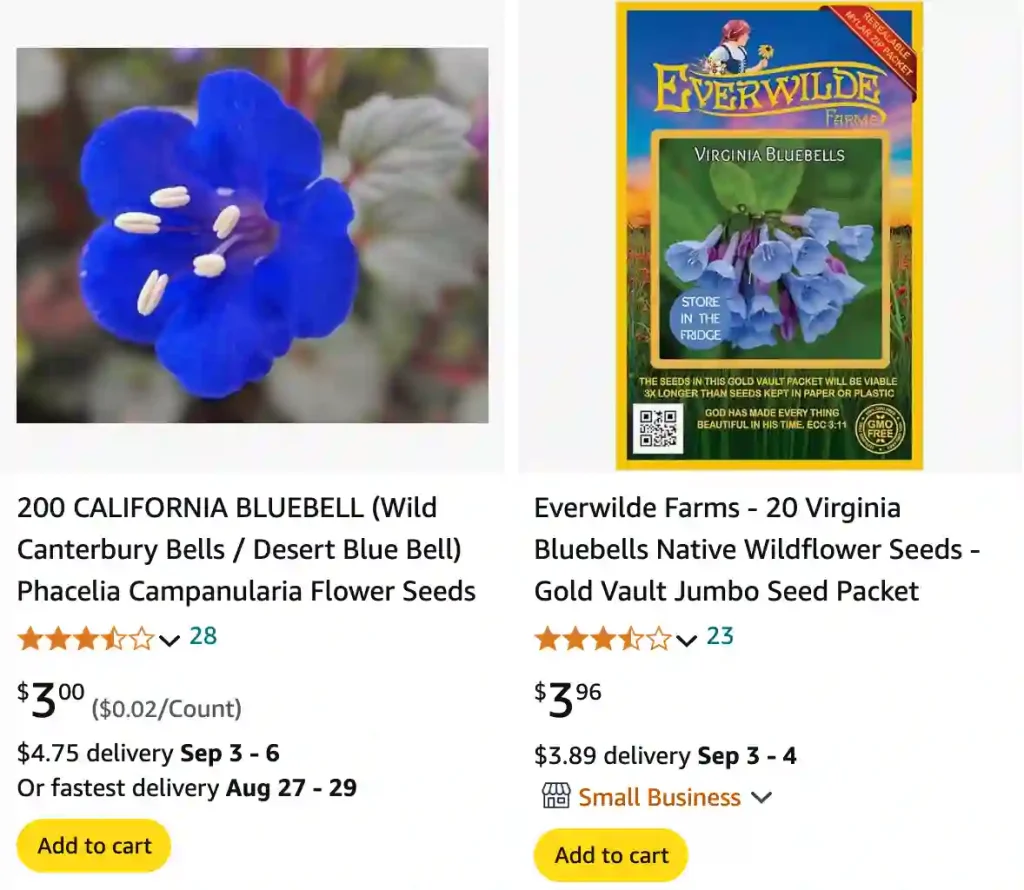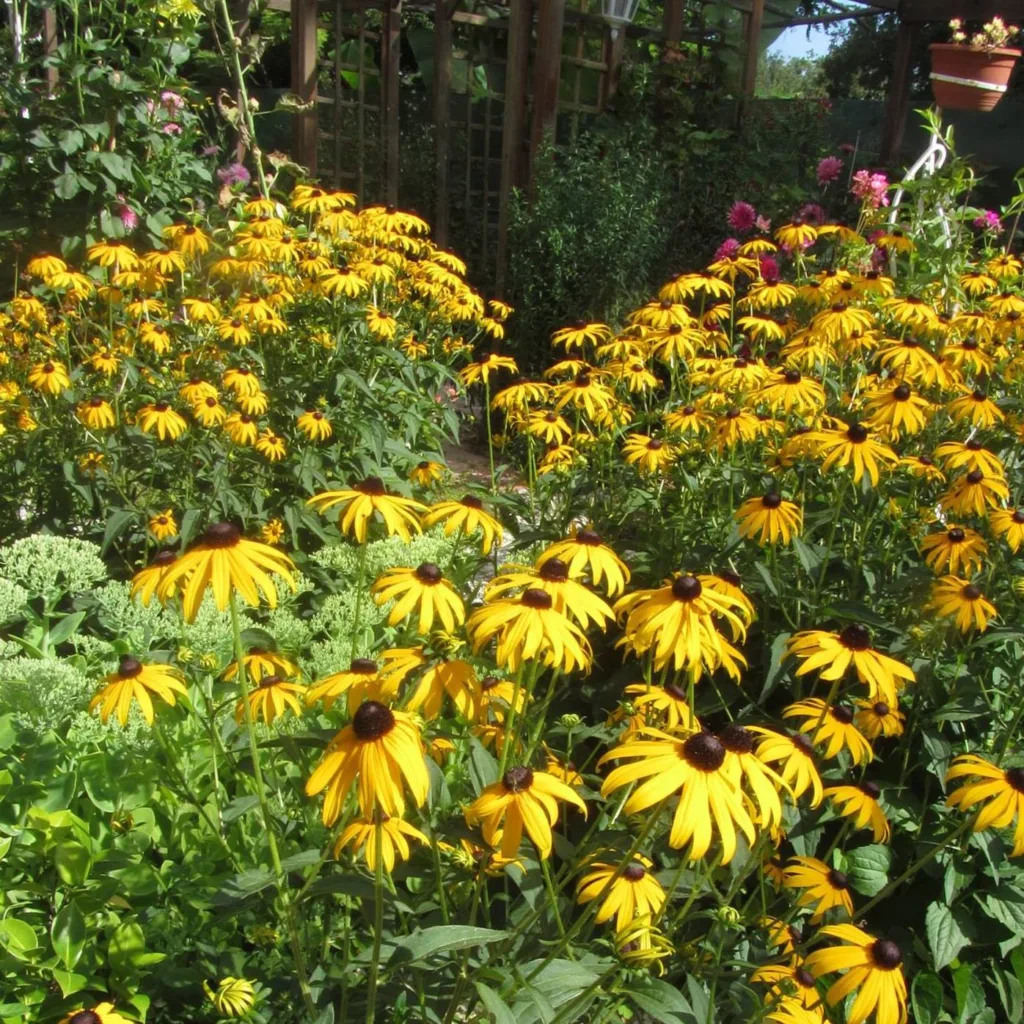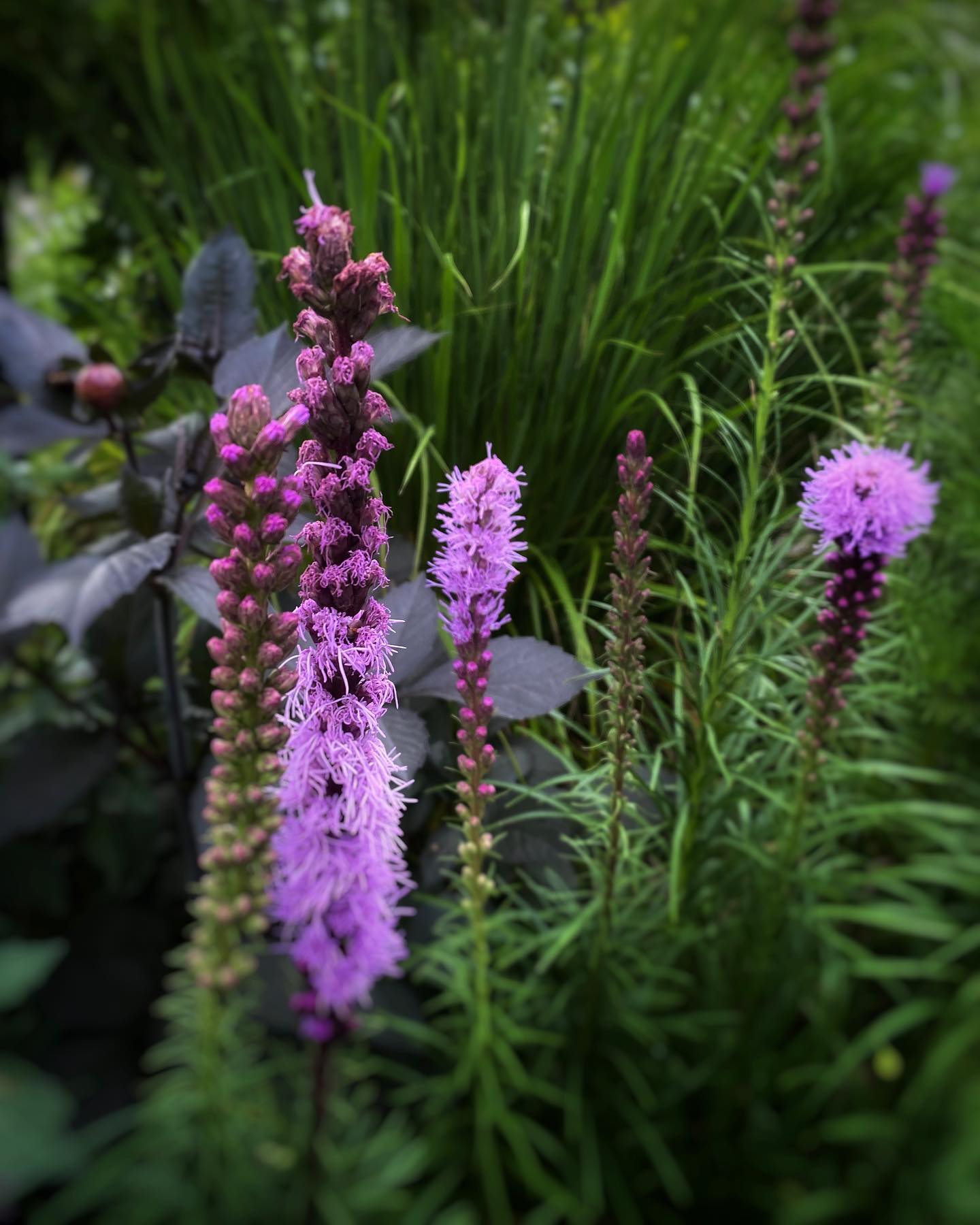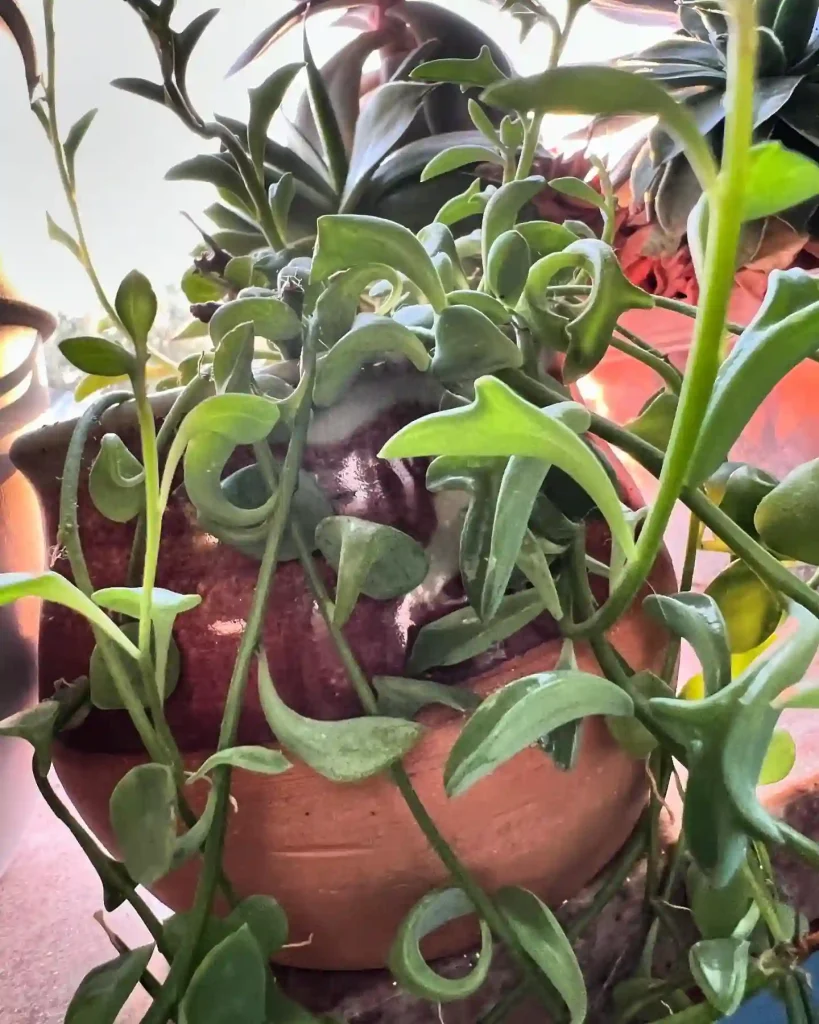
Everything You Need to Know About Bluebells
Bluebells(Hyacinthoides non-scripta) have always fascinated me with their delicate beauty and enchanting charm. These lovely flowers add a touch of magic to any garden or woodland area. Over the years, I’ve encountered numerous questions about them, and I’d like to share what I’ve learned. If you’ve ever wondered about Bluebells, their symbolism, growth habits, or differences from similar plants, here’s everything you need to know.
13 Species in Genus Hyacinthoides
Are Bluebells Poisonous?
One question that often comes up is whether Bluebells are poisonous. Fortunately, Bluebells are not highly toxic to humans, but they can be mildly toxic if ingested in large quantities. The plant contains compounds that can cause nausea, vomiting, and diarrhea if consumed. It’s always wise to keep an eye on children and pets to prevent them from eating any parts of the plant.
What Do Bluebells Symbolize?
Bluebells are rich in symbolism. They often represent humility and gratitude. In folklore, they are sometimes referred to as “fairy flowers” and are believed to lead fairies to their hidden realms. This symbolism is linked to their delicate and enchanting appearance, making them a favorite in floral arrangements for conveying heartfelt sentiments.
Where Do Bluebells Grow?
Bluebells thrive in a range of environments. In the wild, they are commonly found in woodlands and shady, damp areas. They prefer slightly acidic to neutral soil and can grow in both full sun and partial shade. Gardeners can recreate these conditions to successfully cultivate Bluebells in their own backyards.
Are Bluebells Edible?
While Bluebells are not poisonous in small quantities, they are not typically consumed. They are not considered edible due to their potential toxicity and lack of culinary appeal. Most people grow Bluebells for their aesthetic value rather than their potential use in cooking.
What Do Bluebells Look Like?
Bluebells are known for their distinctive appearance. They have nodding, bell-shaped flowers that are usually blue, although white and pink varieties do exist. The flowers are arranged in a loose cluster on a single stem. The leaves are narrow and lance-shaped, adding to the plant’s elegant appearance.
When Do Bluebells Bloom?
Bluebells typically bloom in late spring. In the northern hemisphere, you can expect them to flower from April to May. This blooming period is short-lived but spectacular, creating a beautiful blue carpet in woodlands and gardens.
How Long Do Bluebells Bloom?
The blooming period for Bluebells usually lasts for about 2 to 3 weeks. This relatively short period of bloom makes it all the more special when you get to witness it.
When Do Bluebells Bloom in Texas?
In Texas, Bluebells generally bloom a bit earlier than in cooler climates. You can expect to see Bluebells in bloom from late March to early April, depending on the specific weather conditions and the microclimate of your garden.
When Do Bluebells Bloom in Virginia?
In Virginia, Bluebells typically bloom in late April to early May. The blooming period can vary based on the local climate and weather patterns.
Spanish Bluebells vs English Bluebells
Spanish Bluebells (Hyacinthoides hispanica) and English Bluebells (Hyacinthoides non-scripta) are two commonly confused species. Spanish Bluebells are larger and more robust, with flowers that are often more upright and a broader range of colors, including blue, pink, and white. English Bluebells are more delicate and usually have a more drooping flower structure with a distinct, sweet fragrance.
Virginia Bluebells vs Spanish Bluebells
Virginia Bluebells (Mertensia virginica) are different from Spanish Bluebells. Virginia Bluebells are native to North America and have a distinctive blue, tubular flower that emerges from pink buds. They tend to have a more subtle, less intense blue compared to the often brighter Spanish Bluebells.
Bluebells vs Grape Hyacinth
Bluebells and Grape Hyacinths (Muscari spp.) are often confused due to their similar shapes and colors. However, Grape Hyacinths are generally smaller and have a denser cluster of flowers that resemble tiny grapes. They also have a more upright growth habit compared to the drooping nature of Bluebells.
How to Care for Bluebells?
Caring for Bluebells is relatively straightforward. They prefer well-drained soil and can tolerate a range of light conditions from full sun to partial shade. Regular watering is essential, especially in dry spells, but avoid waterlogging. Bluebells can be left undisturbed for several years and will naturalize, spreading and creating a stunning display year after year.
How to Propagate Bluebells?
Bluebells can be propagated by dividing the bulbs or seeds. For bulb division, lift and separate the bulbs after the foliage has died back in late summer. Replant the bulbs in the desired location. If propagating by seeds, sow them in a cold frame in autumn and transplant the seedlings once they’re established.
What to Plant With Bluebells?
Bluebells pair beautifully with other spring-flowering plants. Consider planting them with daffodils, tulips, or primroses to extend the season of color in your garden. Their graceful form and color also complement the more structured foliage of ferns and hostas.
Bluebells are a wonderful addition to any garden, offering a charming touch of springtime beauty. Whether you’re growing them for their symbolism, their appearance, or simply because you love them, understanding these aspects can help you appreciate and care for them better.
If i die, water my plants!



